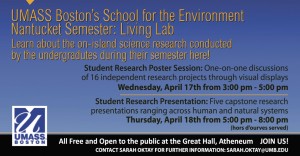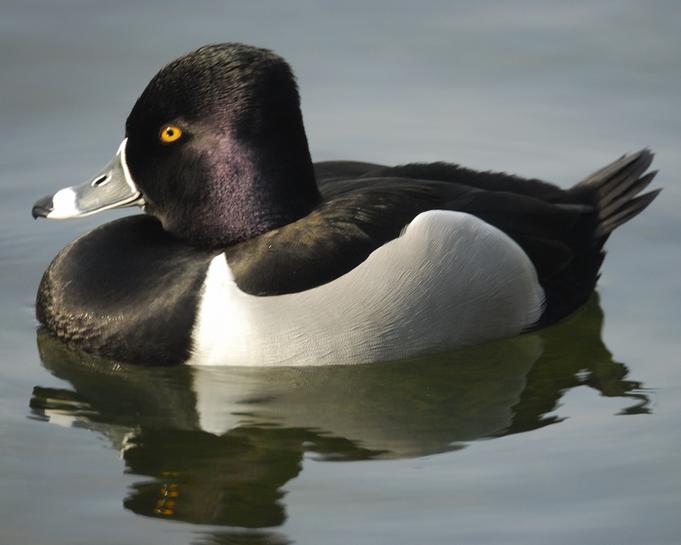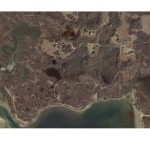Biodiversity Assessment of Savin Hill Cove
Kyle Schultz, Yuhang Sun, and Ali Yusef were tasked with assessing the current level of biodiversity in the cove today. This included extensive field work in which the team was required to scour the cove in search of any and all forms of living organisms that are present in the cove, in order to obtain a better understanding of the current health state of the ecosystem. Their methods included on-foot observations in order to find total numbers of organisms, and also approximate habitat variation throughout the cove, as well as quadrant testing in both the rocky shore and mudflat areas of the cove. Rocky shore habitats and mudflat habitats tend to be homes to very different types of organisms due to the different physical and environmental characteristics of both. Small area quadrant testing can be used to find approximate population density of a given area.
Along with gathering observations, the team put together an informational packet on the biodiversity of the cove to be distributed to the local communities, so people with little or no biology backgrounds could read and understand the information about the condition of the cove.















